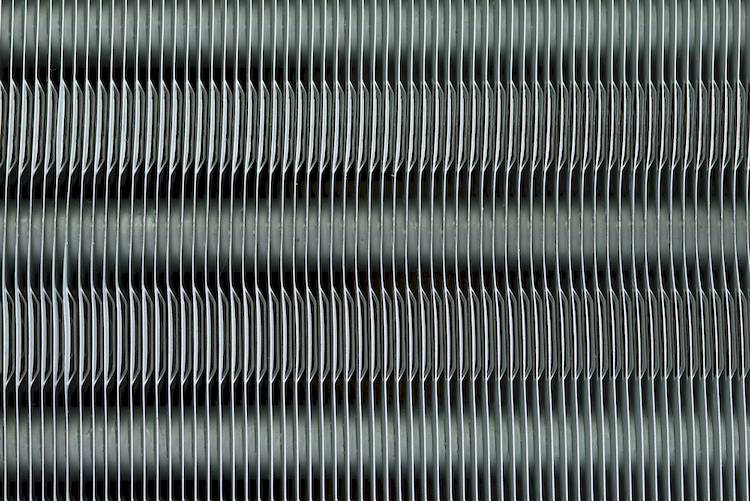

The AC condenser is a very important component found on virtually all modern automotive AC systems. Its primary function is to convert the refrigerant coming from the compressor from a high temperature, high pressure vapor into a high pressure liquid through condensation. Similar to how the cooling system radiator functions, the vehicle moves cool air passes through the condenser fins, cooling the refrigerant as it passes through until it is liquified. The cooled liquid refrigerant is what is used to cool the cabin when the AC is turned on.
As all of the AC system’s refrigerant passes directly through the condenser, if there is any problem with the condenser, it can negatively affect the operation of the entire system and should be replaced if necessary. There will usually be a few ways to spot a bad or failing condenser.
Significantly reduced cooling
One of the first symptoms of a failed or failing AC compressor is reduced cooling. If the condenser is damaged in any way and results in the restriction of refrigerant flow, then the entire cooling system will work less efficiently. If the refrigerant cannot flow properly, then the amount of cool air that the system can produce will be significantly reduced.
Noticeable leaks
A more obvious sign of condenser failure will be a noticeable leak. Over time, the condenser can begin to leak either due to age or damage. When the condenser leaks, depending where and how big the leak is, all of the high pressure refrigerant can and will eventually leak out, disabling the entire AC system. When it begins to leak it must be replaced as a whole since the condenser is one piece.
If you suspect that you may be having a problem with your AC condenser, then have it looked at by a professional technician, such as one from YourMechanic. If necessary, they will be able to replace your AC condenser, as it is a critical component to the operation of the vehicle’s AC system.



